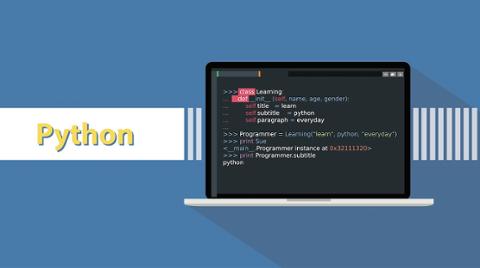Which programming languages are technology students using the most? That’s a vital question to answer, as those students will eventually carry that usage into their future companies, potentially ensuring those languages’ dominance for many years to come.
GitHub Education, which provides tools and training to students and educators, recently launched its latest GitHub Education Classroom Report, featuring survey data from 7,000 students and 100 educators. Based on that data, it’s clear that Python, HTML, and JavaScript are the most-used programming languages among that group.
GitHub Education gives a shout-out to Python in particular. “One consistent finding, across the board, is the widespread adoption of Python and related tooling. In the past five years, many, if not most, of the top computer science programs in the United States have implemented Python as a primary language of instruction,” reads the report. Here’s the accompanying chart:
Moreover, Python’s share increased from 75.2 percent to 81.1 percent between 2019 and 2020, suggesting some added momentum. Bash/Shell also saw an increase from 61.3 percent to 63.4 percent during the same period, while C bumped up, from 46.8 percent to 49.1 percent. R, a language primarily used for data analytics, saw its year-over-year share rise from 17.1 percent to 19.7 percent, despite widespread concerns that Python is chewing up its share of the data-programming market; given the usage of R within academic contexts, its robust presence on this particular list is perhaps no surprise.
This is yet another example of the virtuous cycle that helps certain programming languages maintain their dominance for years, if not decades. Companies choose languages such as Python and JavaScript for their products, and hire developers who are skilled in those languages; educational institutions observe companies’ language preferences and adjust their curricula accordingly; and the students, once they’re hired by companies, continue to use those languages in a business context. The need to maintain legacy code, in addition to building new apps and services, further solidifies the dominion of a handful of languages.
It’s hard for any new language to break through and become ubiquitous. For example, Apple has thrown considerable attention and resources behind Swift, its replacement for the decades-old Objective-C. But if you observe the language-popularity rankings issued by the TIOBE Index, RedMonk, and other firms, Objective-C has managed to stubbornly hold developers’ time and attention. This is a testament to the power of existing codebases that must be maintained. Like many new languages, Swift has also taken years to add key features, slowing its adoption among developers who want a fully featured language to work with.
If you’re interested in learning Python, there are lots of educational pathways (some of which are completely free!). With this kind of educational momentum behind it, it’s clear that the language will be used in a professional context for quite some time to come—along with JavaScript and other key languages.



